You either love kimchi or you hate it, but for those of us who love it, its salty, briny, spicy crunch is the stuff of life. Honestly, if you're not eating it regularly, you should start, since it's being studied for an amazing list of health benefits, including anti-cancer, anti-aging, and antioxidant properties; obesity and high cholesterol prevention; and promotion of immunity and skin health. The beauty of kimchi is manifold:
- It's fermented, so it has some of those happy probiotics in there that we need to maintain digestion and health.
- It spices up the blandest meals, much like Sriracha.
- It's made of several nutritional powerhouses, like cabbage (which is part of the brassica family), ginger, garlic, and red pepper.
- Kimchi that's been in your fridge for months may seem inedible, but it can be turned into something delicious.
In fact, the older your kimchi is, the more tasty your kimchi jjigae will be. Don't make this dish with fresh, just-purchased kimchi. If you do, your stew will come out tasting flat and bland. Sinto Gourmet says most commercially available kimchis last about six months in the fridge after opening. After the first month or so, it will probably need to be cooked in order to be tasty, since it will be overripe.
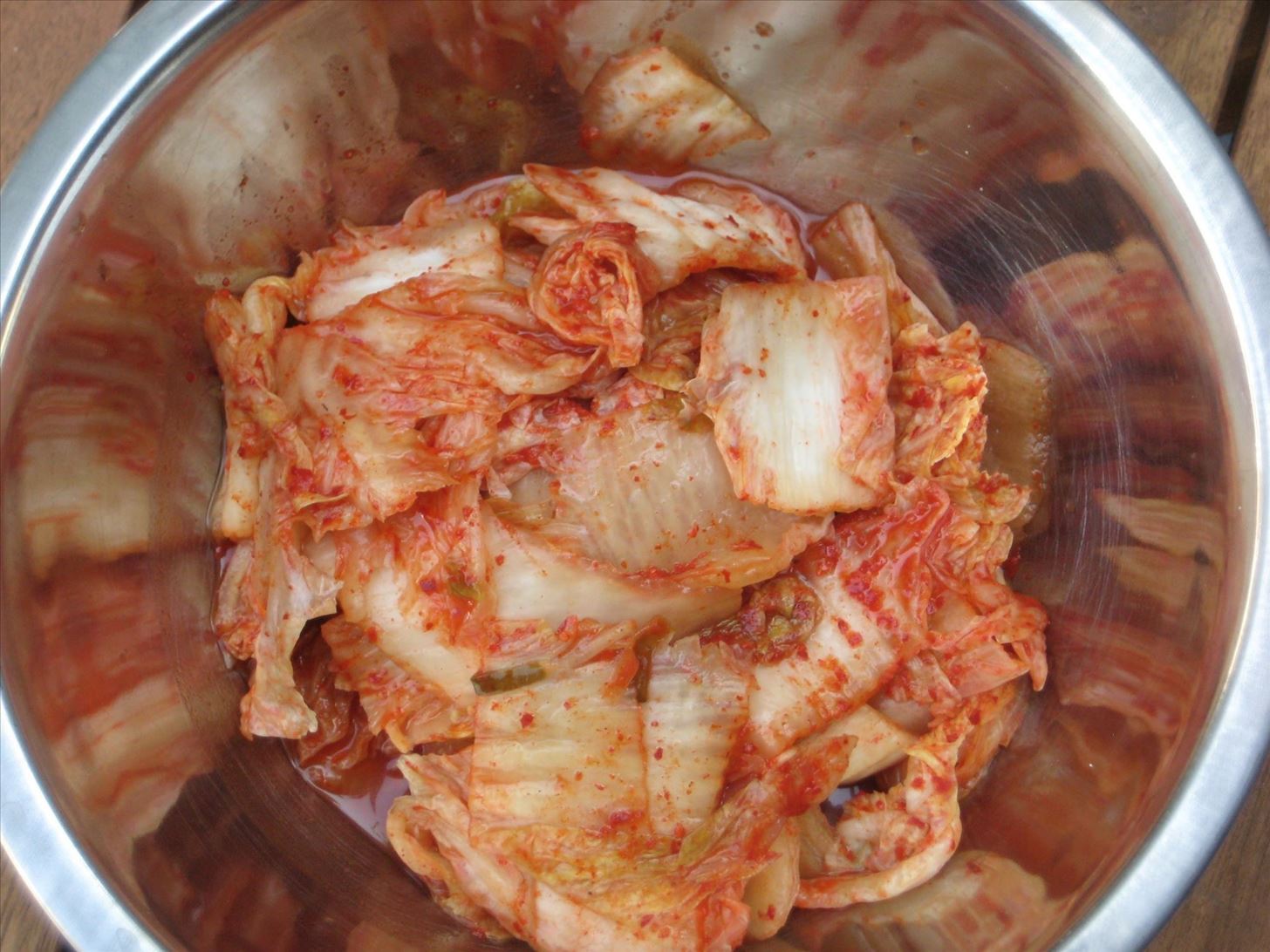
This might be the laziest and easiest kimchi jjigae recipe you'll ever see, but I will back it up against just about every other version out there for a couple of reasons. First, it's my mother's, so there. Second, it produces a remarkably complex and hearty stew with almost zero effort on the cook's part.
Ingredient One: The Kimchi
Keep it simple. There are literally dozens of kimchi varieties out there. Some sources estimate about a hundred, when you take regional variations into account. Never mind all that mischegoss. Use the kind made with Napa cabbage, or what is known as pechu kimchi.
However, as mentioned above, the kimchi should not be fresh. Kimchi jjigae's beauty is that it's a dish you can and should make when you have a pound of kimchi that's a month or two past its use-by date. Seriously. All that tart, spicy vinegariness is going to be mellowed out by heat and ingredients two and three (see below), so the more tart and concentrated the flavor is, the better.

So, let's say you have about a pound of overripe kimchi. Beautiful. Put all of it in a large, heavy pan, including the juice it's been brined in. That's key: all the spices that will flavor your meat are in there. You're almost a third of the way done!
Ingredient Two: Water
Don't put your kimchi jar in the recycling bin just yet. Pour in about six to eight ounces of filtered water and swirl it around to make sure you get all the spicy residue. That stuff is going to add flavor to your stew.

Next, add the water to your cooking pot. Turn the heat on high, stir the kimchi and water well, and bring to a boil. Let it boil for about 10 minutes, then reduce the heat to medium-low and cover with a lid. You're two-thirds of the way there.
Ingredient Three: Pork Belly
Pork belly is one of those meats I grew up with and that my non-Asian friends abhorred because of the thick stripes of fat running through it. If only I knew then what I know now—pork belly is simply uncured bacon. That's all it is! So if someone gives you guff for serving up such a fatty meat, throw them some major shade while you state flatly, "It's just uncured bacon." Then fold your arms and look superior.

Get the best quality pork belly available, and get a little more than the amount of kimchi you used. About 1¼ pound to 1 pound of kimchi is about right. It's not something you eat every day (or at least I sincerely hope you don't), so when you do it, you should go large. Berkshire pork is great if it's available. If there's no pork belly at your local market, get some kind of meat that has fat in it. You need that richness to mellow out the kimchi.

You can slice it thin or thick while your kimchi is simmering merrily away. Some Asian grocers will even have it pre-sliced if you're squeamish about doing it yourself. I usually aim for slices that are about a quarter to one-third of an inch. Don't forget: the sharper your knife, the cleaner and easier your cuts.
Lazy Kimchi Jjigae: The Procedure
When I used to make this dish in my younger days, I dumped all three ingredients in the pot at once, brought it to a boil, and then let it simmer for as long as I could stand until hunger got the best of me (usually about 40 minutes). And you know what? It was pretty darn good.
However, my mother insists that the best way to do it is to cook the kimchi and water first so that the spices have a chance to mellow out in the heat. Plus, she points out that if you add the pork last, it won't overcook, but will stay tender and melt-in-your-mouth good. So now I do it her way.
After the pork is all sliced, cover it and stash it in the fridge. Let the kimchi simmer for about 45 minutes solo, up to an hour if you're very patient. Once the kimchi is tender, gently deposit the sliced pork in the pot and stir it well to make sure the meat is covered in the stewing liquid.

Cover the pot, leave it alone, and check in every now and then to make sure it hasn't boiled over and stir it again. Pork generally cooks very quickly, so I'd say once there's no pinkness left to the meat, it's done. This usually takes about 15 minutes. Serve with white or brown rice or kongbap (rice cooked with beans).
Why This Recipe Works So Well
Kimchi is intensely flavorful and complex. Its ingredients include cabbage, gochugaru (Korean red pepper flakes, which are sweet as well as spicy), salt, brined shrimp, fish sauce, ginger, garlic, and a little bit of sugar. Then it's fermented to further heighten those flavors and pickle the cabbage. When kimchi becomes overripe, those flavors are incredibly pungent.

Cooking the kimchi in water, however, allows those flavors to soften and bloom. Adding the pork brings in a savory richness that brings depth to the dish and amps up the already considerable umami element in kimchi. While you can make variations on kimchi jjigae with other kinds of protein, including chicken and beef, I've found that nothing beats pork belly. You need that savory fattiness to stand up to kimchi's edge.
Variations on a Theme
Friends insist you can also make kimchi jjigae in a slow cooker. While I've used the stovetop exclusively, throwing in the ingredients in the morning and coming home to a bowl of rich, fragrant, and spicy stew does sound awfully appealing. If anyone out there has tried it, please let me know.
There are also a lot of fancier variations on kimchi jjigae out there, and they are very good. This one comes to mind. However, for ease of use and sheer tastiness, I usually default to my mom's.
Want more three-ingredient food hacks? Learn how to make a terrific pasta sauce with butter, onions, and tomatoes.
Just updated your iPhone? You'll find new emoji, enhanced security, podcast transcripts, Apple Cash virtual numbers, and other useful features. There are even new additions hidden within Safari. Find out what's new and changed on your iPhone with the iOS 17.4 update.
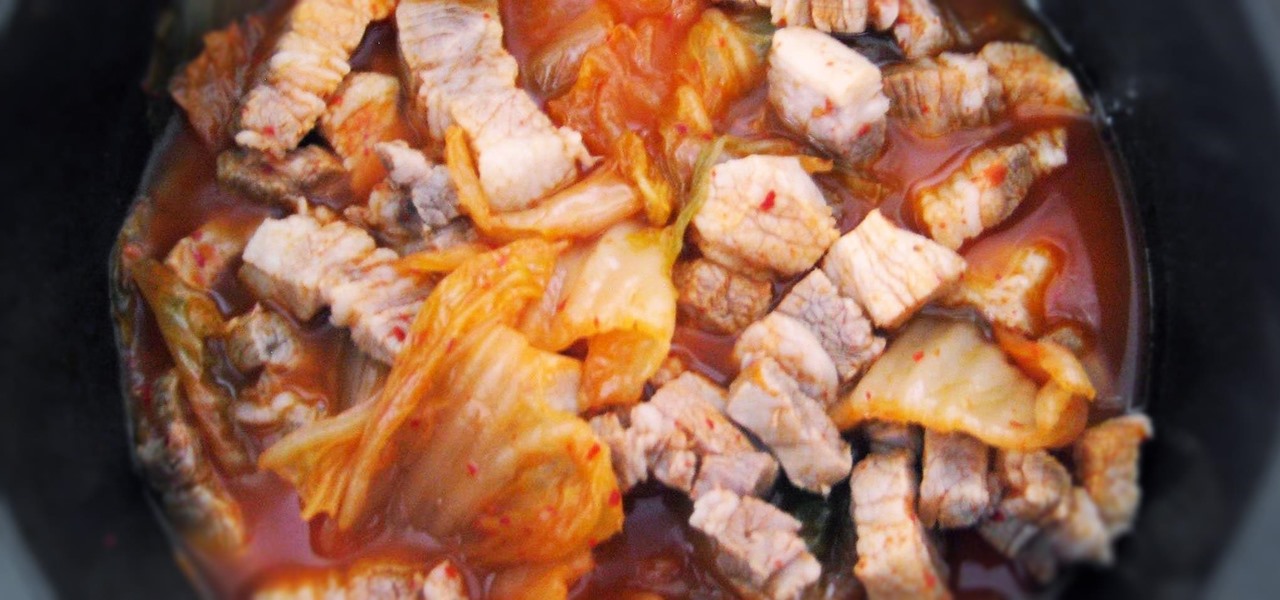


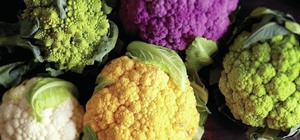












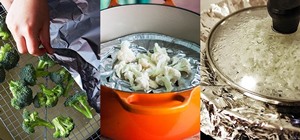





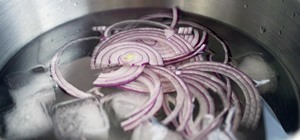
Be the First to Comment
Share Your Thoughts